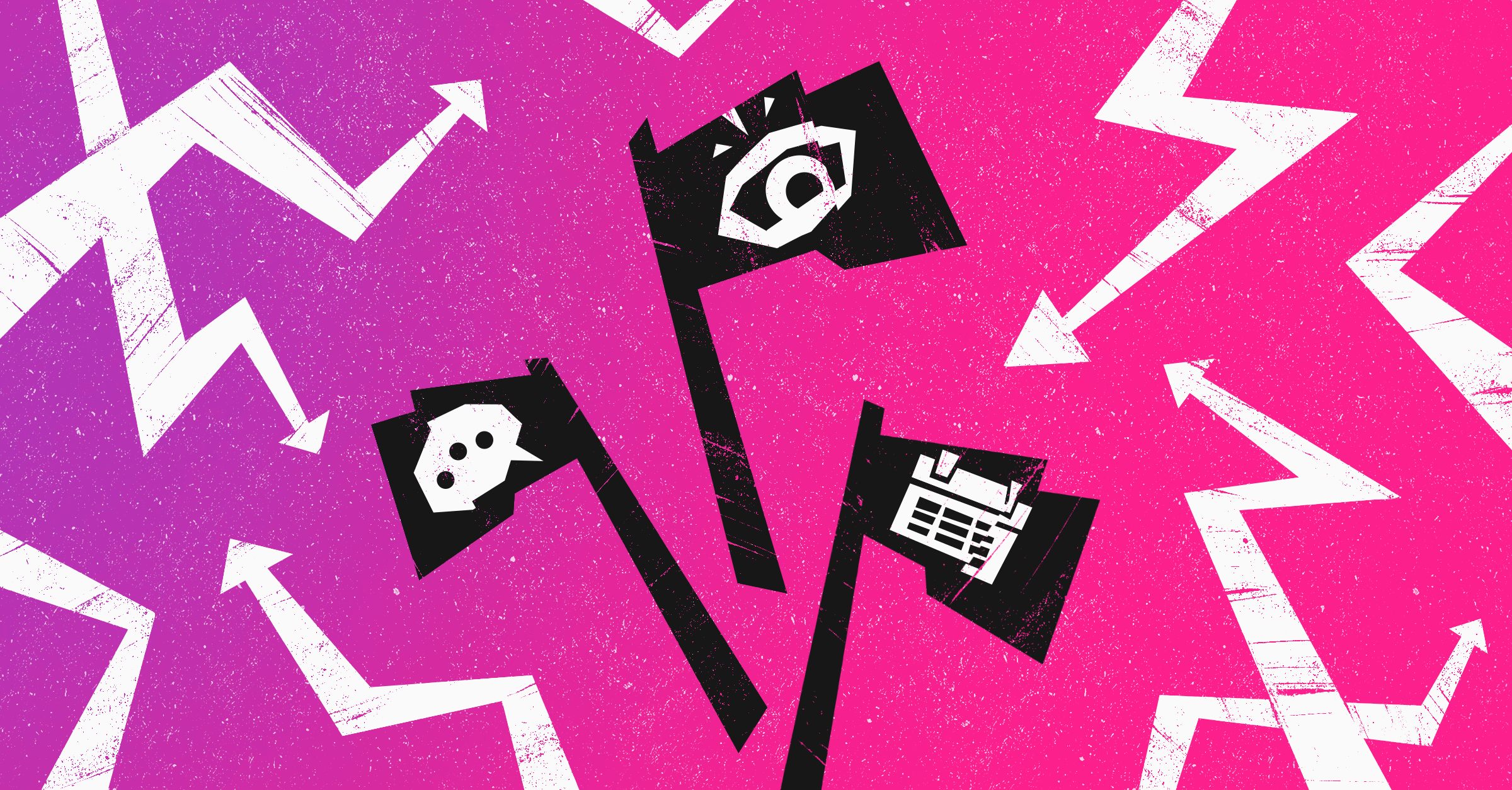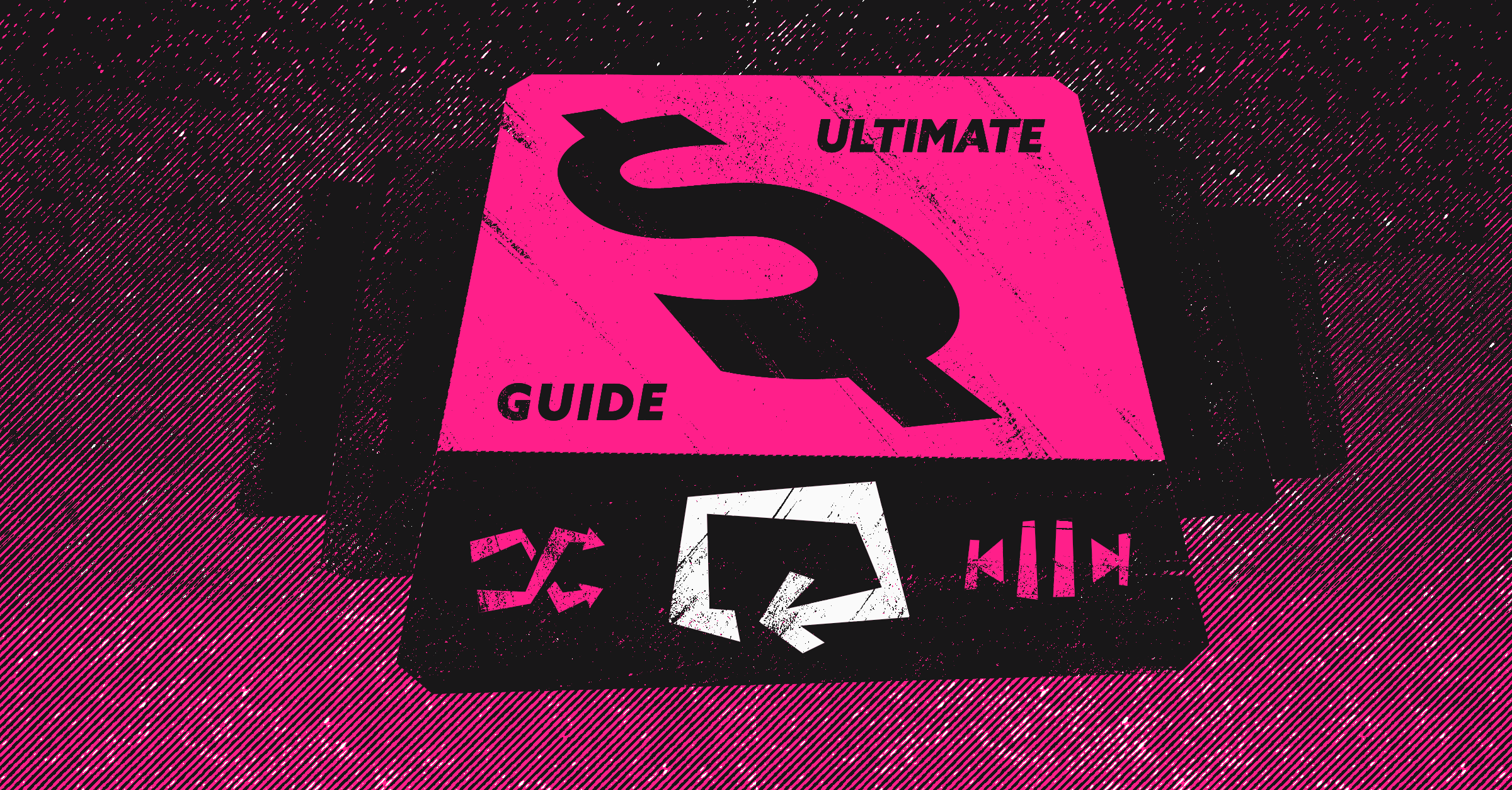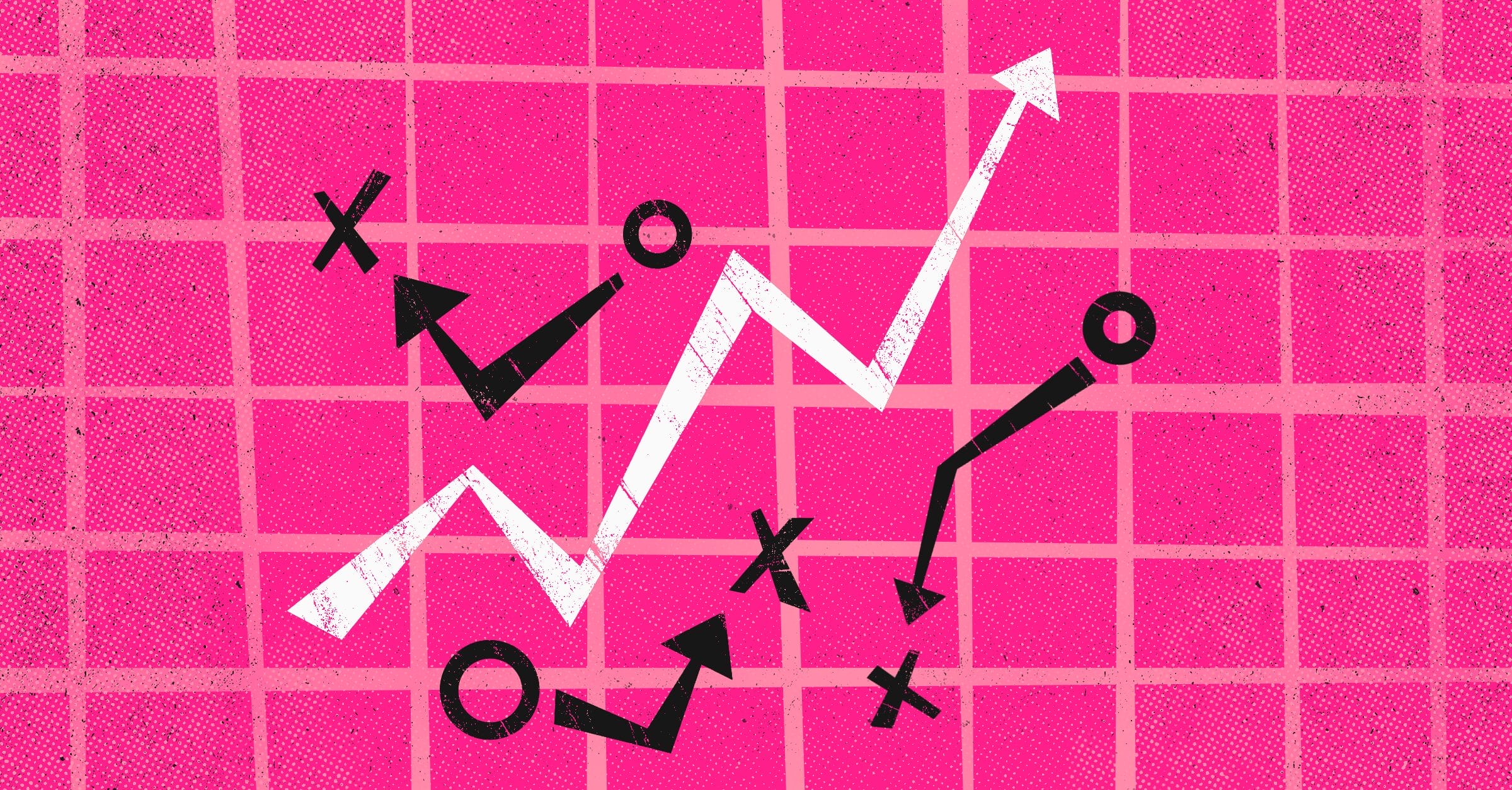
What does it take to train the BDRs of the future?
Saad Khan, Dooly’s Business Development Manager, joins The Revenue Playbook to let us in on his secrets for training and coaching people to become successful BDRs. He explains why training alone is not enough. Coaching is the key to help BDRs not only learn the ropes but fit into their role and make it their own.
Saad explains what he looks for in BDRs, why he prefers a more holistic approach to selling, and he also takes us through his typical onboarding process for new BDRs.
Keep reading to learn more about Saad’s training and coaching process or tune in to the full episode below:
Or watch the full video of the episode here:
What is a BDR?
A BDR or business development representative can be defined in a few different ways. Sometimes they’re used interchangeably with SDRs, sometimes they’re separate things.
In Dooly’s eyes, a BDR or SDR is someone who’s going to educate the industry on what you do. They’re the people who will convince prospects that there is a problem and help them understand it while guiding them to a solution.
Saad likes to train BDRs in both inbound and outbound leads. He defines inbound requests as being “the endpoint of a prospect figuring out that they have a problem.” On the flip side, outbound is more about convincing prospects of the problem they’re facing in the first place.
Some people say that BDRs are there to sell a sales meeting, but Saad disagrees. Instead, he says it’s about selling the product itself as a solution.
In Saad’s eyes, looking at sales holistically is what makes a good seller.
How to find the right BDRs
Hiring the right people is one of the most important yet challenging aspects of running a successful sales team.
Saad likes to look for “level two BDRs” who have already worked at a high-growth startup and have the basics down.
As sales can be a stressful job, he looks for people he can “be in the trenches with,” and even likens it to running a sports team. You need multiple people with different skills, but it helps if everyone gets along.
Top traits Saad looks for in a BDR:
- Friendly people (“no grumps”)
- Those who can “be the party in your Slack channel”
- Those who have a personal brand and can think strategically about writing, educating, and marketing
Saad’s onboarding process
In the first 30 days, Saad’s aim is to get the BDRs familiar with the company and the culture. The first three weeks usually looks like this:
Week 1: Saad says one of the most important things in the first week is to strategically make friends with everyone. BDRs will need to rely on their new colleagues for support, so being on friendly terms with the team is the number one important thing.
Week 2: This is when the reps make calls. But rather than get them to start making initial calls to prospects, Saad likes to get new BDRs on close loss accounts.
He gets them on the phones on the seventh day so they can start talking to real prospects without the pressure or risk of working hot leads. The account is already lost, so it’s qualified, but there’s no expectation for the rep to close. The purpose is to learn. This helps the new BDRs see patterns in right-fit accounts, experience quick wins, and build confidence.
Week 3: This is where it gets interesting. Saad likes to start new BDRs on sequences and scripts, but he gets everyone to write their own. Any rep who’s worked with scripts knows that they usually don’t sound like you. That’s why he encourages reps to write in their own voice and get comfortable with their own words on sales calls.
Coaching vs. training
What’s the difference between training and coaching? Saad breaks it down like this:
Training = showing people how to use software or tools.
Coaching = day-to-day optimization of the training.
Saad uses three concepts during sales initiations:
1. The Meaningful Deposit theory by Josh Braun
The idea here is that you’re never going to withdraw money from a bank without making a deposit first. So, how can you expect to get a meeting with a prospect until you’ve filled their knowledge bank first?
2. The give and get mentality
People are always going to give you objections. But those objections can be turned into a point of relevance and learning. It’s not the objection you need to solve, Saad says. It’s why that objection comes up. That’s why Saad goes through training calls with new BDRs to spot objections and ways to work with them.
3. Chris Voss’ “mirroring” technique
Your vocabulary and wording aren’t always going to match the words your prospects use. You know a lot more about your solution than they do, and it’s easy to use jargon that ends up creating a disconnect.
Instead, Saad recommends BDRs mirror the wording their prospects use to get on the same level as them.
Where organizations go wrong in training and coaching
In Saad’s eyes, training and coaching are not a one-and-done thing. It needs to be ongoing and consistent. If you’ve trained your reps on how to use a tool, that needs to be complemented with ongoing coaching to help them understand problems and how to apply their knowledge.
One way Saad does this is by taking reps through call reviews to help them catch things they may have missed. Active listening is key here.
Another way organizations get it wrong is because the traditional sales industry is based on promoting super reps into leadership. The problem is if you’re a great rep and always have been, it’s a lot harder to train those who need help to get to that level.
Why work-life balance is so important for sales reps and BDRs
As a manager, Saad doesn’t just coach people on how to do their job. He’s a big believer in helping BDRs manage their stress as well.
Sales is a stressful environment, and Saad makes an effort to coach people on managing stress both inside and outside work.
He likes to highlight the importance of a good morning routine, going to the gym, and taking care of yourself. Good working culture isn’t about ping pong tables and beer taps. It’s about helping others lead a happy and fulfilled life, and that should always have a place in coaching, says Saad.
See Dooly in action and learn how to win more deals by trying out a demo today.
Join the thousands of top-performing AEs who use Dooly every day to stay more organized, instantly update their pipeline, and spend more time selling instead of mindless admin work. Try Dooly free, no credit card required. Or, Request a demo to speak with a Dooly product expert right now.


